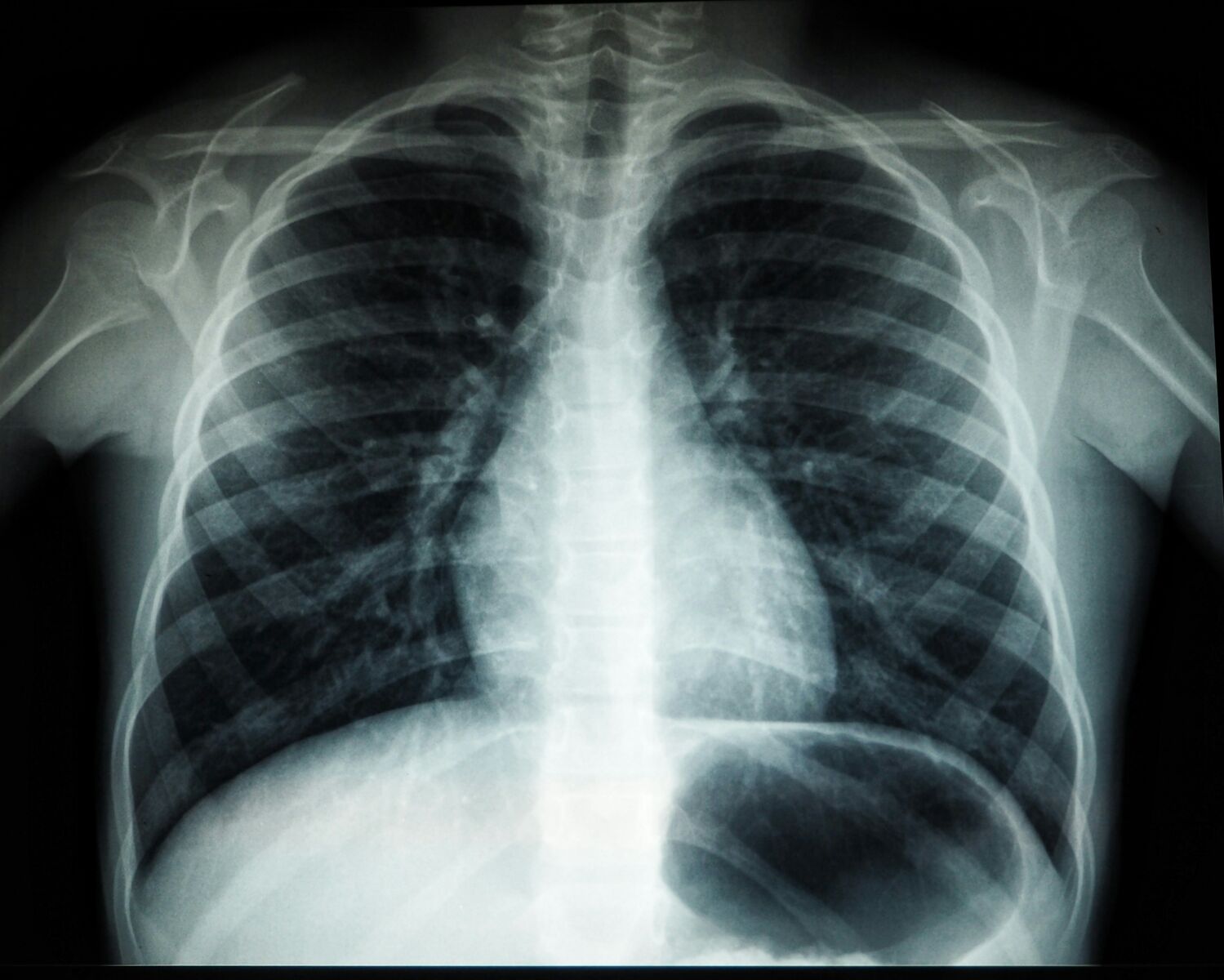New lung CT scan without the need for contrast dyes

In the realm of medical imaging, a groundbreaking development is offering hope to patients who are allergic to contrast dyes or have restrictions due to health conditions. This innovation promises to significantly enhance the speed and accuracy of lung diagnoses without the need for contrast dyes, which have traditionally been essential but problematic for some patients. This new technology, developed through the collaboration of Dr Girish Nair, a pulmonologist at Corewell Health William Beaumont University Hospital-USA, and Dr Edward Castillo, a biomedical engineer at The University of Texas at Austin-USA, is poised to revolutionise the diagnosis and treatment of lung conditions.
CT-derived functional imaging: A game changer
The new technology, called CT-Derived Functional Imaging (CTFI), uses advanced software to analyse lung function without the need for contrast dyes. This software utilises a complex mathematical formula known as the Integrated Jacobian Formulation to measure significant changes in lung volume and blood mass as patients breathe in and out. These measurements are obtained from a simple CT scan, allowing for detailed and accurate assessments of lung health.
For patients who cannot tolerate contrast dyes due to allergies or other medical conditions, traditional imaging methods have been limited in accuracy and often time-consuming. The introduction of CTFI addresses these issues by providing a reliable, non-invasive alternative that offers faster and more precise diagnostic results.

Dr Nair highlights the importance of this innovation: “Up until now, a major problem with lung volume estimations from inhalation and exhalation CT scans was that results couldn’t be replicated for individual patients. This inconsistency made diagnosis and treatment more challenging. CTFI changes that by providing consistent, reproducible data.”
Enhancing cancer and pulmonary embolism treatment
One of the critical applications of this new technology is in the field of radiation oncology, where precise targeting of cancerous tumors in the lungs is crucial. Traditional methods often struggle with the movement of tumours due to breathing, potentially leading to radiation affecting healthy lung tissue. With CTFI, doctors can now better target tumours, minimizing exposure to surrounding healthy tissue and improving treatment outcomes.
Moreover, CTFI is proving to be a valuable tool in detecting pulmonary embolism (PE), a condition where blood clots travel to the lungs. Typically, diagnosing PE without contrast dye involves time-consuming nuclear scans or observational drug treatments that carry their own risks. The new software can measure blood mass changes with a simple CT scan, providing a quick and accurate diagnosis without the need for invasive procedures.

Dr Nair explains, “Our method is easier and doesn’t involve the use of contrast dyes or radioactive drugs. This makes the diagnosis of conditions like pulmonary embolism safer and more accessible for all patients.”
Predicting disease progression in COPD patients
Beyond cancer and PE, CTFI is also making strides in the management of chronic obstructive pulmonary disease (COPD). At the upcoming ATS 2024 conference, new findings will be presented showing how this software can predict disease progression over a 10-year period. In a study involving 8,583 COPD patients, researchers demonstrated that CTFI could improve prediction models for patient outcomes based on baseline inhalation-exhalation CT scans. This ability to forecast disease progression allows doctors to tailor treatments more effectively and identify patients at higher risk of deterioration.
Dr Castillo, who is leading a team funded by a U.S. $1.38 million NIH grant, emphasises the broader impact of this research: “Ultimately, the goal is always to ensure doctors have the best tools available when treating patients. AI and machine learning have the potential to significantly advance our work, improving patient health and saving lives.”
Contrast dyes in MRI: Risks and considerations
While CTFI offers a contrast-free solution for CT scans, MRI procedures often still rely on contrast materials to enhance imaging clarity. However, these dyes, particularly those containing gadolinium, come with their own set of risks and side effects. Although generally safe, contrast dyes can cause mild reactions such as rashes and nausea. In rare cases, they can lead to severe complications like nephrogenic systemic fibrosis, especially in patients with kidney issues.
The U.S. FDA has mandated that manufacturers include warnings about the potential for gadolinium retention in the body, which can persist for months or even years. Despite these concerns, the benefits of using contrast dyes in MRI often outweigh the risks, particularly in diagnosing serious conditions like cancer.

Patients with kidney disease, or liver conditions, or those who are pregnant should inform their doctors before undergoing an MRI with contrast. In many cases, non-contrast MRI options may be considered safer. Healthcare providers can help determine the best approach, balancing the need for accurate diagnosis with the potential risks associated with contrast materials.
The advent of CT-derived functional Imaging represents a significant leap forward in medical imaging technology, offering safer, faster, and more accurate lung diagnoses without the need for contrast dyes. This innovation not only benefits those with dye allergies or restrictions but also enhances the overall quality of care for all patients with lung conditions. As research continues to advance, the integration of AI and machine learning with CTFI holds promise for even greater improvements in patient outcomes, marking a new era in the diagnosis and treatment of respiratory diseases.
Should you be seeking medical imaging options that do not use contrast dyes, whether in Thailand, Turkey or elsewhere, kindly contact MyMediTravel for more details.
Latest Thailand News
Follow The Thaiger on Google News:


























